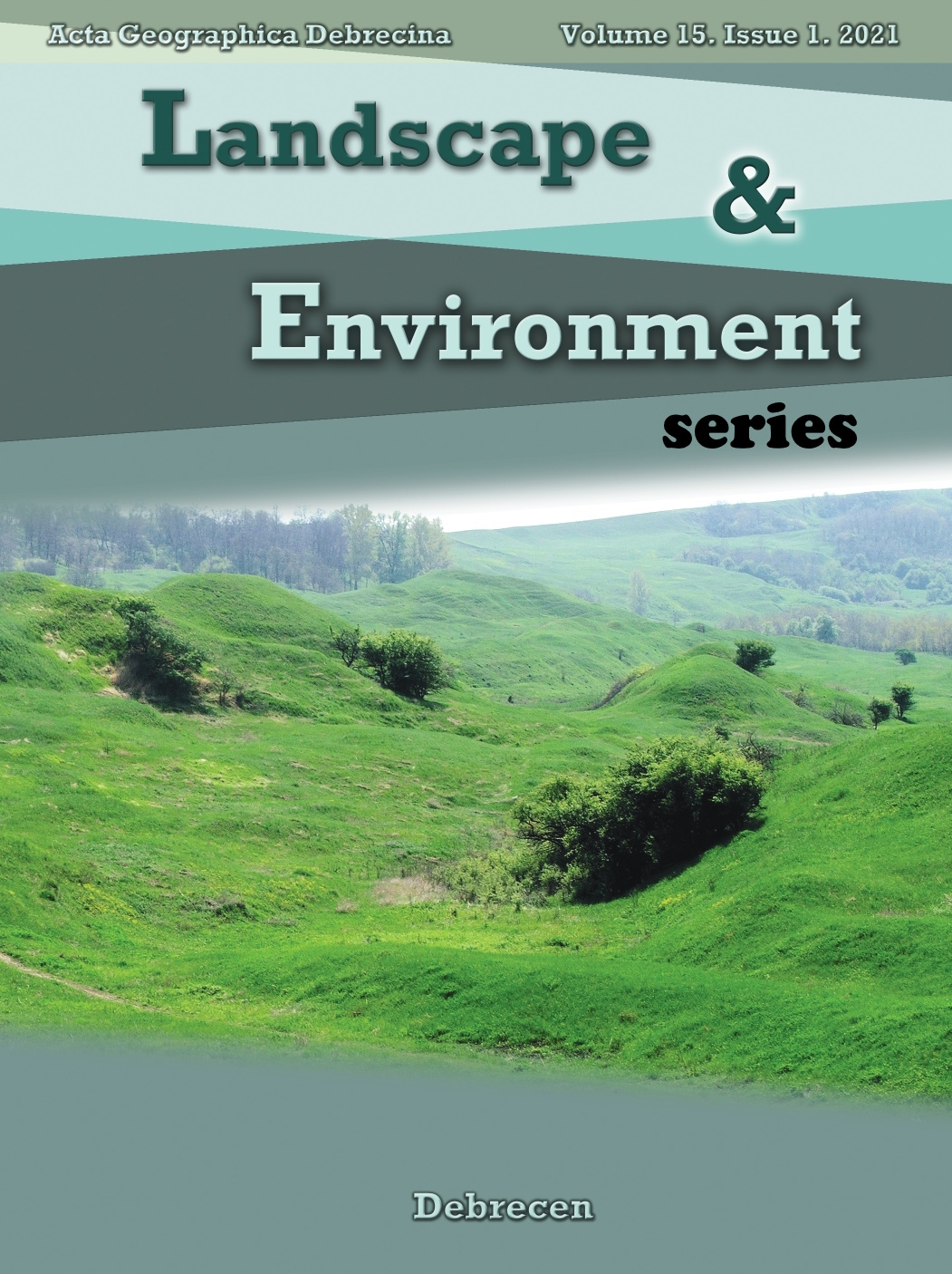Geographic features and environmental consequences of coffee tourism and coffee consumption in Budapest
Authors
View
License
Copyright (c) 2021 Lóránt Dávid, Bulcsú Remenyik, Gogo Fredrick Collins Adol

This work is licensed under a Creative Commons Attribution-ShareAlike 4.0 International License.
How To Cite
Abstract
As a survey by the Hungarian Central Statistical Office (2019) confirms coffee is consumed in 83% of Hungarian households, thus our country can be considered to be one of the major coffee drinking nations. At the end of the 19th century and the turn of the twentieth Budapest with its internationally famous and unique coffee culture was known as the coffeehouse capital. Post-modern tourism revived this tradition and coffee became once again a favourite consumer item while cafés turned into scenes of community life. The latest stage of the coffeehouse renaissance was partly due to the increasing role of American type café chains including McCafé, Starbucks, California Coffee Company etc. and the drop in the price of the Arabica coffee. Our research focuses on the impact of this new type of coffee consumption wave on the coffee habits of Hungarians. The American café chains have become widespread in Europe and their ability to keep the price of coffee low worldwide demonstrates significant market power. While coffee consumption has several benefits from a physiological point of view, its environmental impact is detrimental to the planet. Coffee cultivation contributes to the destruction of rainforests, the changing of the soil and last but not least results in a high amount of solid waste due to the popularity of coffee capsules. Our treatise explores these concerns as well.

 https://doi.org/10.21120/LE/15/1/2
https://doi.org/10.21120/LE/15/1/2